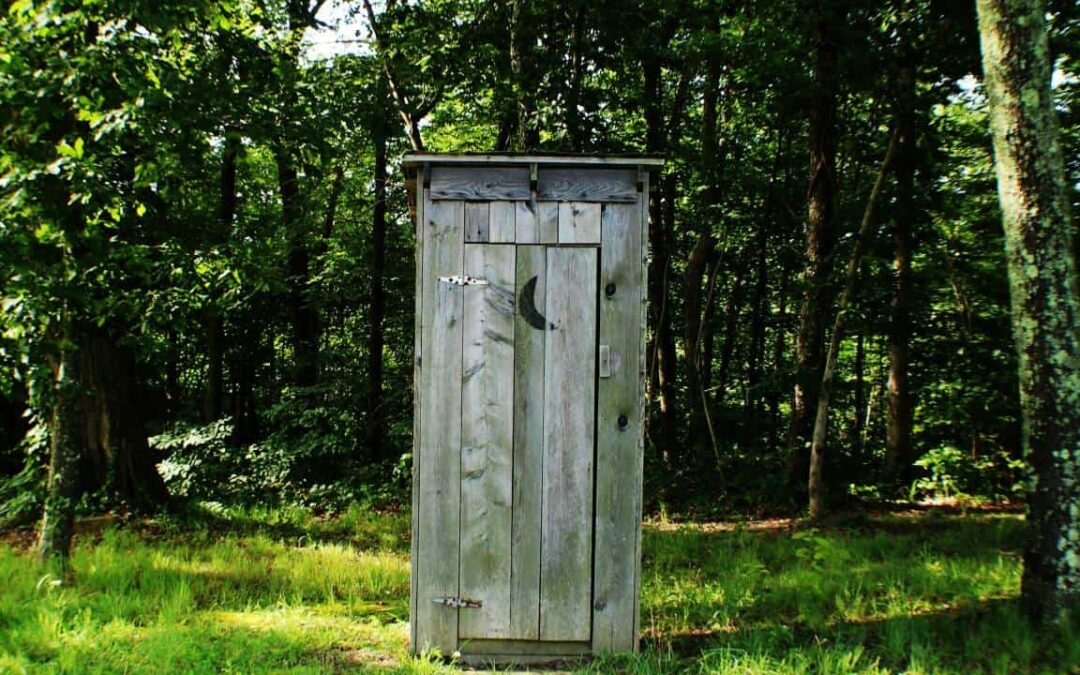Tiny homes have been around for more than a decade now, and many people are wondering what place they hold in the future of sustainable living.
While some of the earliest claims made by tiny movement enthusiasts haven’t come true and it’s unlikely that everyone will be “going tiny”, it’s clear that tiny homes and micro-living, in general, have a role to play in the vibrant tapestry of living situations and lifestyles.
What Tiny Homes Look Like in 2022
When the tiny house movement began one type of tiny house quickly became the image people held when they pictured a tiny home: The tiny house on wheels (THOW). They were gorgeous, boxy homes built on sturdy trailers to get around building codes and reflected the whimsical desires and individual styles of their builders.
THOWs are still a big part of the movement, but more than a decade of innovation and growth has provided them with plenty of other options for those who aren’t sold on living in a rolling home. Building codes are changing to accommodate new ways of living, startups are disrupting decades-old building practices, and exciting new kinds of tiny homes and micro-living solutions are becoming available that we could barely dream of when this all got started.
The tiny house movement is alive and well, and tiny homes of all types and styles have a solid place in the future of living.
Tiny Homes and Sustainability
When we talk about tiny homes and sustainability we don’t just mean environmental and climate sustainability. We’re talking financial sustainability, legal sustainability, life change/style sustainability, and actual physical durability of tiny homes themselves.
Tiny Homes Financial Sustainability
While tiny homes are not immune to the significant inflation we’ve all experienced, their small footprint and relative affordability to begin with still make them an attractive choice when compared to traditional homes. With the average U.S. home now selling for $374,900, it’s easy to see the allure of a well-built tiny home.
They’ve gone up in price with the cost of building materials, but are still reliably available for $30,000 to $60,000. That’s a significant saving over the cost of a traditional home.
Tiny Homes Legal Sustainability
The legal situation for tiny homes has always been tricky and given that none of us here are lawyers you should take everything with a grain of salt. There are hopeful signs for the legal status of tiny homes in the future.
Some localities, such as Pima County AZ, are amending their zoning laws to allow tiny homes to be built as single-family dwellings. These include THOWs that have had their wheels removed ala an old-school manufactured home.
Overall, though, it can still be difficult to permanently build a tiny home unless it’s as an ADU.
Accessory Dwelling Units as Part of the Solution
One way tiny homes are already making a significant impact in some of the most unaffordable markets in America is through accessory Dwelling Units (ADU) laws. Places like Los Angeles and San Francisco are infamously unaffordable to all but the most well-heeled tech workers and millionaires.
ADU laws allow for secondary dwellings to be built on an existing lot to increase the total livable space and provide affordable housing. LA added more than 3500 ADUs in 2020 alone, providing affordable housing for thousands of Angelenos.

While ADUs don’t have the same flair for adventure and free-spiritedness that tiny homes on wheels do, they’re one part of the future of sustainable living that will help everyone find new and more flexible options to meet their personal, climate, and lifestyle goals.
Tiny Communities and Micro Living
If tiny homes are going to make it as a sustainable lifestyle for the long term, tiny house communities need to be built and managed successfully. Some tiny dwellers have had success living in their THOWs in mobile home communities, but it isn’t the same “feel” as when everyone around you is also part of the tiny movement.
We’ve covered tiny home communities before and thankfully they just keep on growing. States like Colorado, Arizona, and Georgia have thriving tiny house communities that are growing strong year by year.

We aren’t just talking about tiny home communities, as many places like New York and San Francisco are making moves to build comfortable, sustainable micro-living tiny apartments. Carmel Place in New York provides 55 tiny apartments in the 260 to 360 sq ft range for a more affordable and sustainable lifestyle for the average New Yorker.

Modular Tiny Homes
Tiny homes on wheels get most of the attention in the tiny house community, but new developments in mass-produced modular homes are making serious waves. If you’re not familiar with the term, modular homes are the next generation of traditional “manufactured homes” but with previously unreachable levels of quality, affordability, and scale.
Modular home builders like Boxabl are producing shippable, fully wired, and plumbed tiny homes in the 300-400 square foot range that can be legally placed on foundations. Unlike current tiny home builders, they’re designed and built to meet the most stringent state and municipal building codes.

That may not seem like a big deal, but it’s the difference between a tiny home that you have to move from campsite to RV park to mountain road and “tiny” modular homes that you can permanently live in with full utilities and a permanent address.
Final Thoughts
While it’s becoming clear that individual tiny homes aren’t a one-size-fits-all solution for every city, state, or neighborhood, they definitely have a solid place in future residential design.
A mix of foundation-built tiny homes, THOWs, modular homes, ADUs, and other micro-living solutions like tiny apartments allow for those with the desire to live more sustainably to cut down their space to the minimum needed for a happy, healthy lifestyle.




